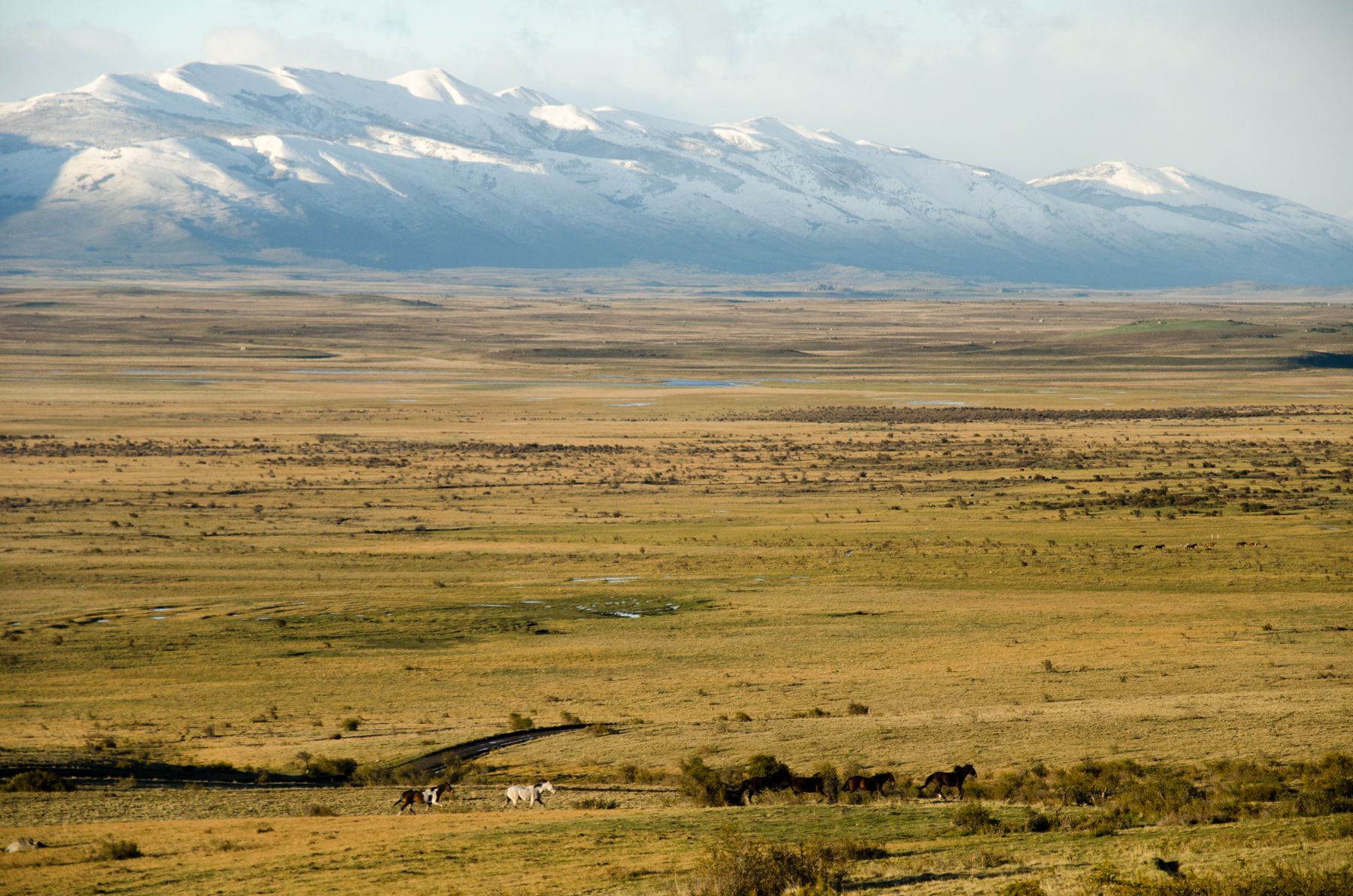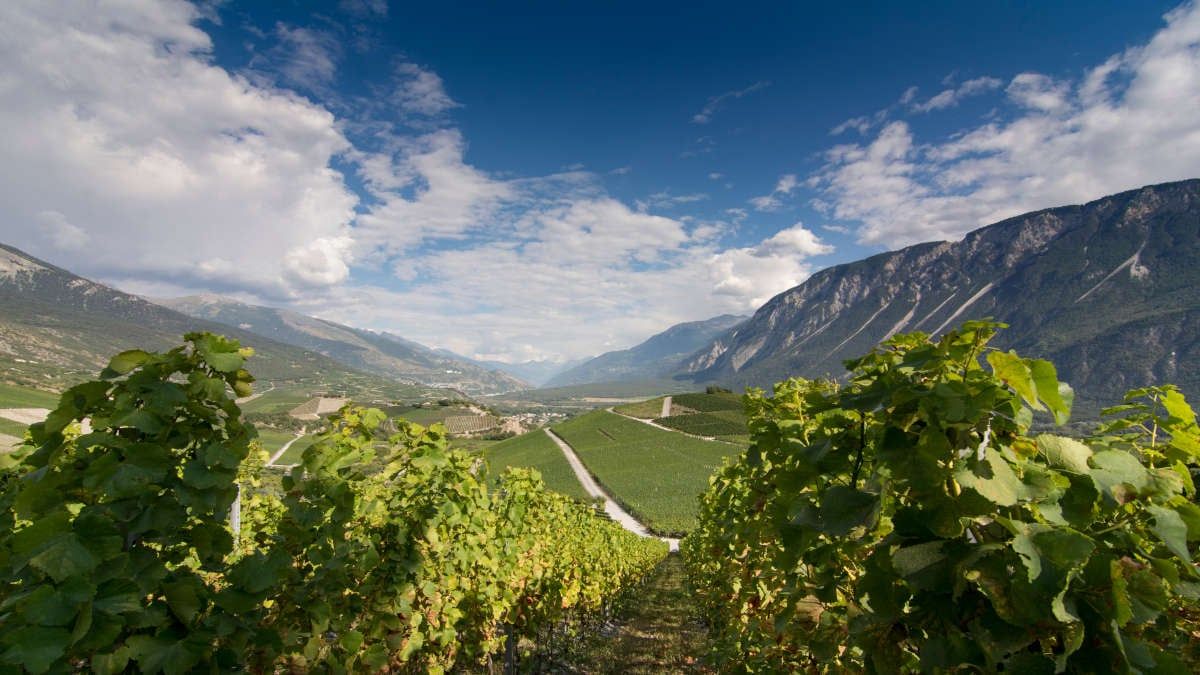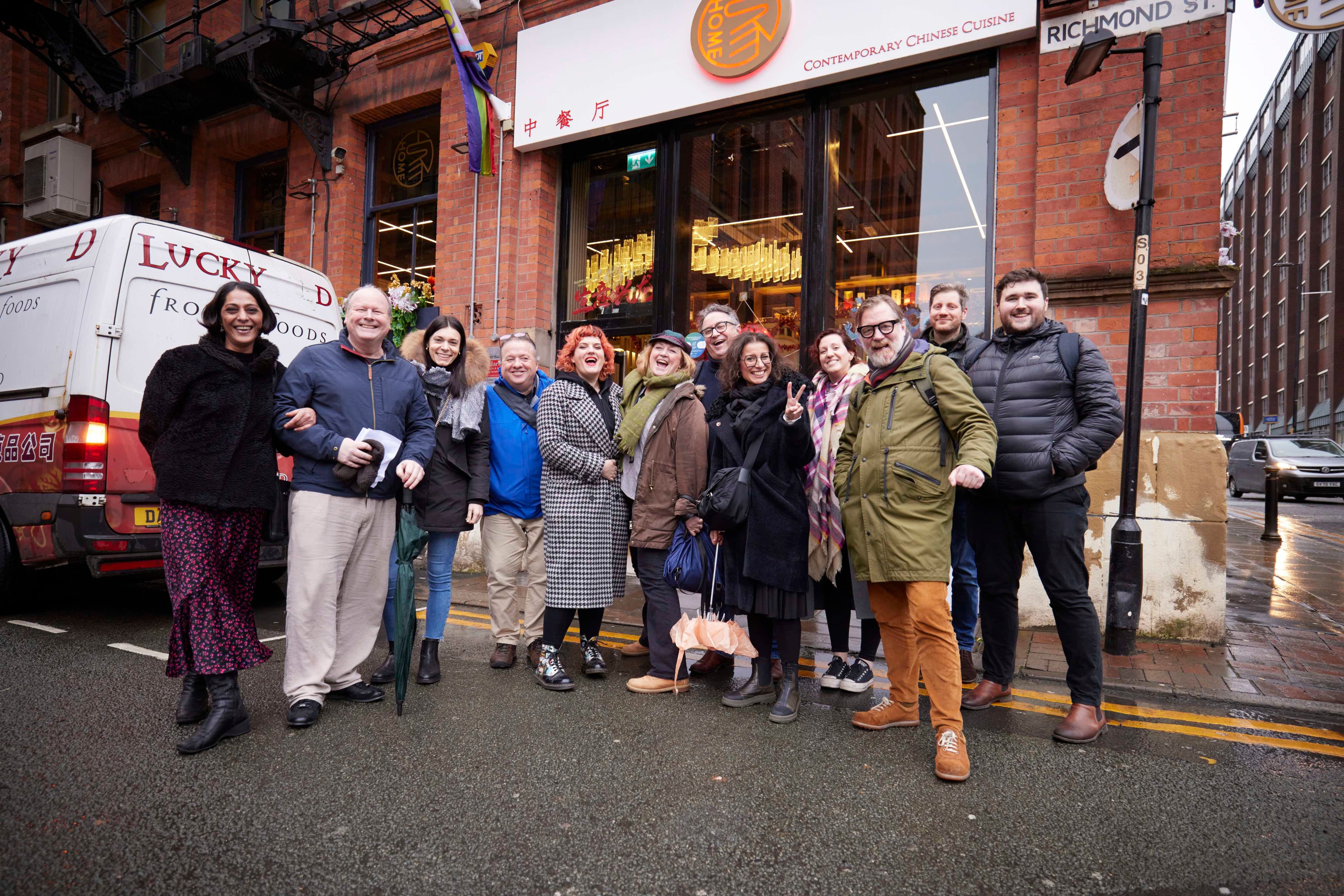Patagonia is well on its way to making a name for itself
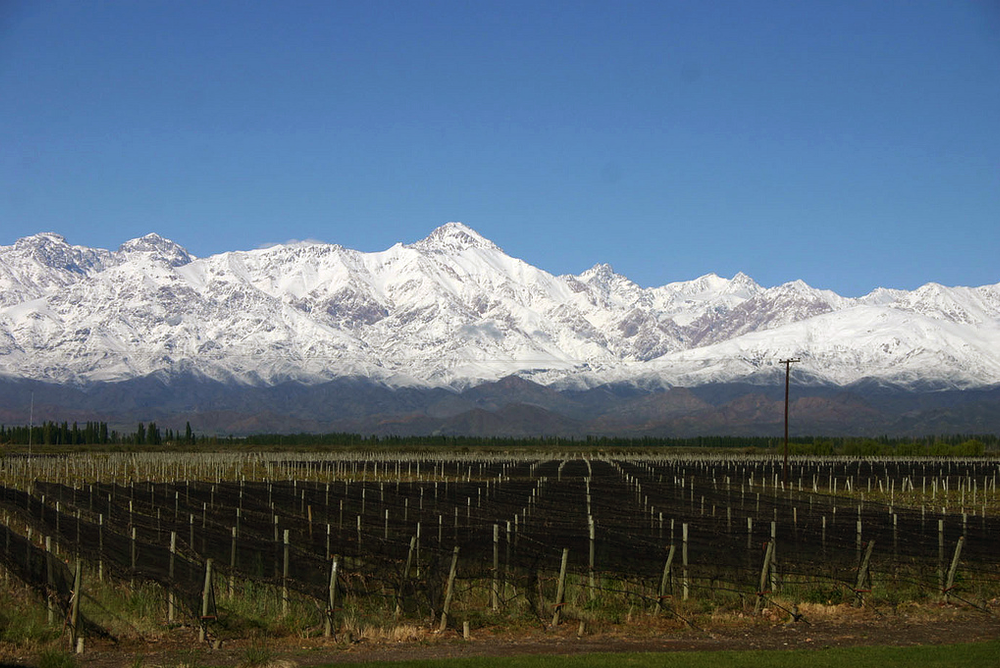
Patagonia may soon become better known for the quality of its wines than the place the infamous Top Gear team had to be rescued from on one of their last ill fated escapades for the BBC. Or Leanardo di Caprio crawled to Oscar glory in The Revenant.
If you had watched his exploits never mind those of Clarkson, May and Hammond as they drove through the stunning almost lunar-like landscape you might wander how they could grow wine in what are largely desolate, desert like conditions.
But a growing number of serious producers are. And they can count international wine luminaries such as Michel Rolland from France and America’s PaulHobbs amongst their midst.
They have both seen the long term potential that Patagonia has to make wines from Argentina unlike anywhere else in the country. Its unique soils, cool and temperate weather conditions are perfect for making wines not possible anywhere else in Argentina.
Wines that may have lower yields but produce lovely, luscious, fruit forward wines, but with light acidity and carefully toned tannins that are literally hundreds of miles away from the hotter, less forgiving soils in parts of Mendoza, Argentina’s winemaking heartland.
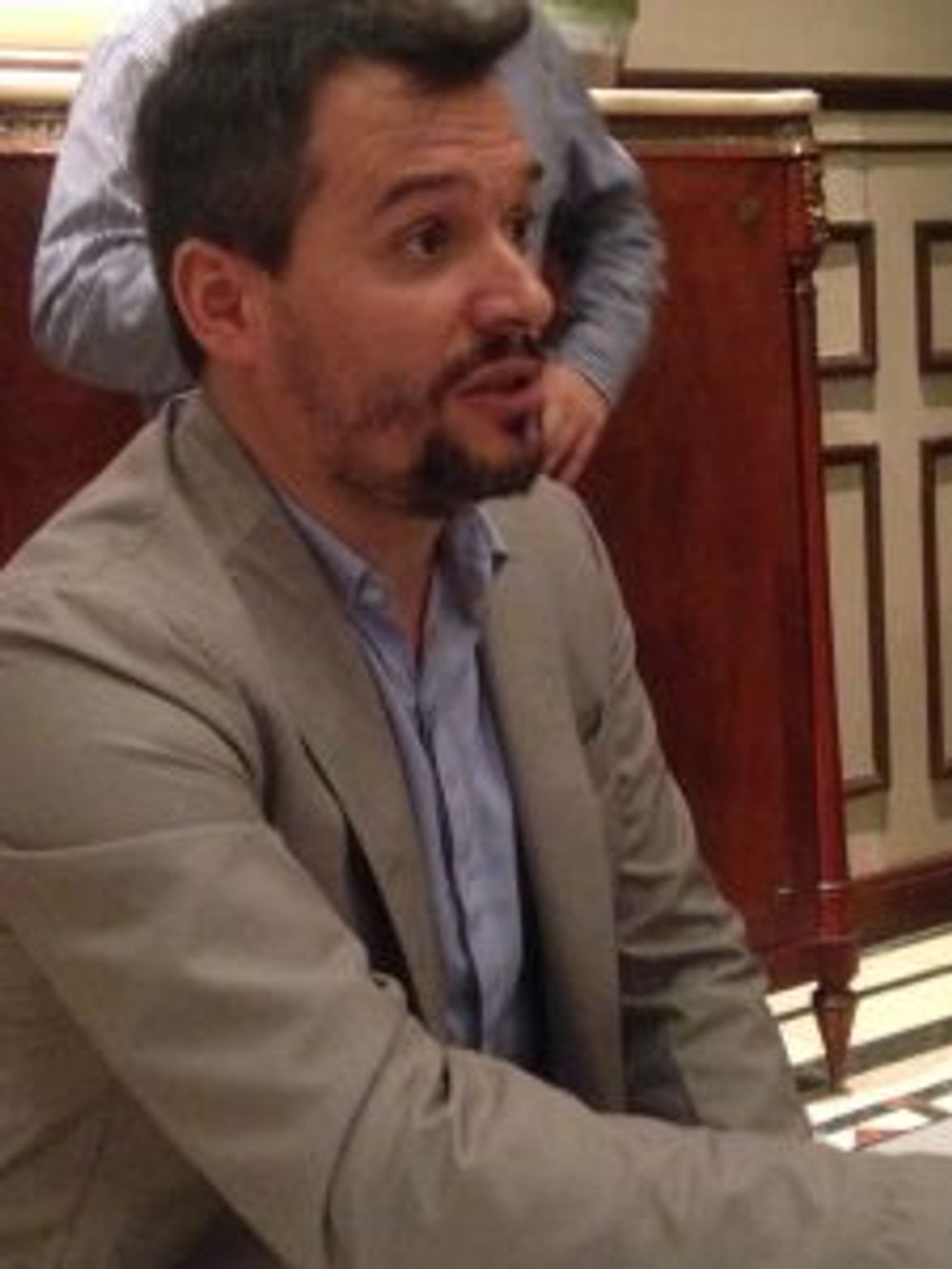
“Patagonia is a massive new opportunity for Argentine wines,” says sommelier and wine consultant, Marcelo Rebole (pictured), who also helps import wines through Dulmes Distribution. “It can make both quality and high volume wines.”
It currently only accounts for 1.5% of the country’s total production, with 8,691 acres of vines planted. But we can expect that figure to rise substantially such is the international interest in the area, helped in part to more relaxed foreign investment laws. Italian super winery, Sassicaia, is the latest to acquire land and property in the area.
Three key parts
The area is split in to three main wine regions. The well established Rio Negro area which has recently been joined by Neuquen and La Pampa.
The Paul Hobbs project in La Pampa, for example, was not unlike Bugsy Siegel deciding to build a casino in the middle of the Nevada desert when there was literally nothing else there. A move that may have failed for Bugsy at the time but went on to create Las Vegas.
Hobbs’ ambitions may be a little more conservative, but his achievement is no less impressive. Creating high quality, award winning wine from a terrain you would expect to see R2D2 and C-3PO wandering about.
The appropriately named Bodega del Desierto first startedplanting vines in La Pampa in 2001. The initial intention was to produce grapes that could then be sold to wineries in Mendoza, explains managing director, Maria Loson.
But the original founder, Mario Toso knew there was far more potential and invited Hobbs to take a look. They were soon planting more vines.
The success was almost instant. In 2007 its first Cabernet Franc 2005 won Great Gold Medal at the Concours Mondial de Brussels 2007. An award that made the world turn its attention on Argentina, never mind Patagonia.
Since then it has looked to make grow most international varieties to see which works best.
Malma and Del Fin Del Mundo
These are two wineries, within 10 minutes drive, making verydifferent wines. With two very distinct consultants. Malma is overseen by Roberta de la Mota, son of the legendary winemaking pioneer who first saw Malbec as the country’s signature grape. Whilst Del Fin Del Mundo has Michel Rolland at the helm.
Together they cover some 1,650 hectares and produce a not too inconsiderable 7 million bottles.
This gives them the clout to sell their P15 Malbec in Majestic for £9.99, whilst making smaller more boutique-style wines.
It has quickly built a reputation within Argentina as well as internationally and was named by a local wine magazine as one of its Top 10 most respected wineries in the country. Which importantly helped put Patagonia on the map inside Argentina in what is, not surprisingly, still very much a Mendoza-focused wine industry.
Its Malbecs offer fresh minerality and a natural elegance that Mendoza Malbecs can struggle to achieve.
“Purity of fruit is what we are looking for in our wines,” says export manager, Guido Hegenkotter. “It needs to be fruit forward, but balanced.”
The cool climate means the grape skins are thicker which helps produce more fruit concentrated wines but still with good acidity, he adds.
The Michel Rolland factor
Rolland’s influence on Argentina is something that should not be underestimated, stressed Rebole.
“He first came here in the 1980s and opened our eyes to what we have here,” he explains.
“In those days we were serving our white wines too cold and our red wines too warm. Even in the 1990s we were just making table wine and no-one was coming here to look at our wines. He made us make wine differently. He, along with people like Paul Hobbs, helped put Malbec in to international markets.”
Key take aways
Patagonia is on the cusp of becoming one of the most sought after premium wine regions in Argentina
- With altitudes of over 1,000 feet it makes cool climate, high altitude wines packed with luscious fruit, but light tannins and soft overall balanced wines. Elegance is the watchword here.
- Whites are particularly exciting with fresh minerality, fruit forward but gentler cool climate styles.
- Wines are being made with international markets in mind thanks to large overseas investments and the work of leading consultants like Michel Rolland and Paul Hobbs
- Cabernet Franc and Pinot Noir have great potential here as the cooler climate produces grapes with thicker skins and more fruit concentrated wines.
The Buyer’s picks
During my visit to Argentina I had the opportunity to taste wines from Bodega del Desierto, Malma and El Fin de la Mundo. Here’s the wines that stood out for me:
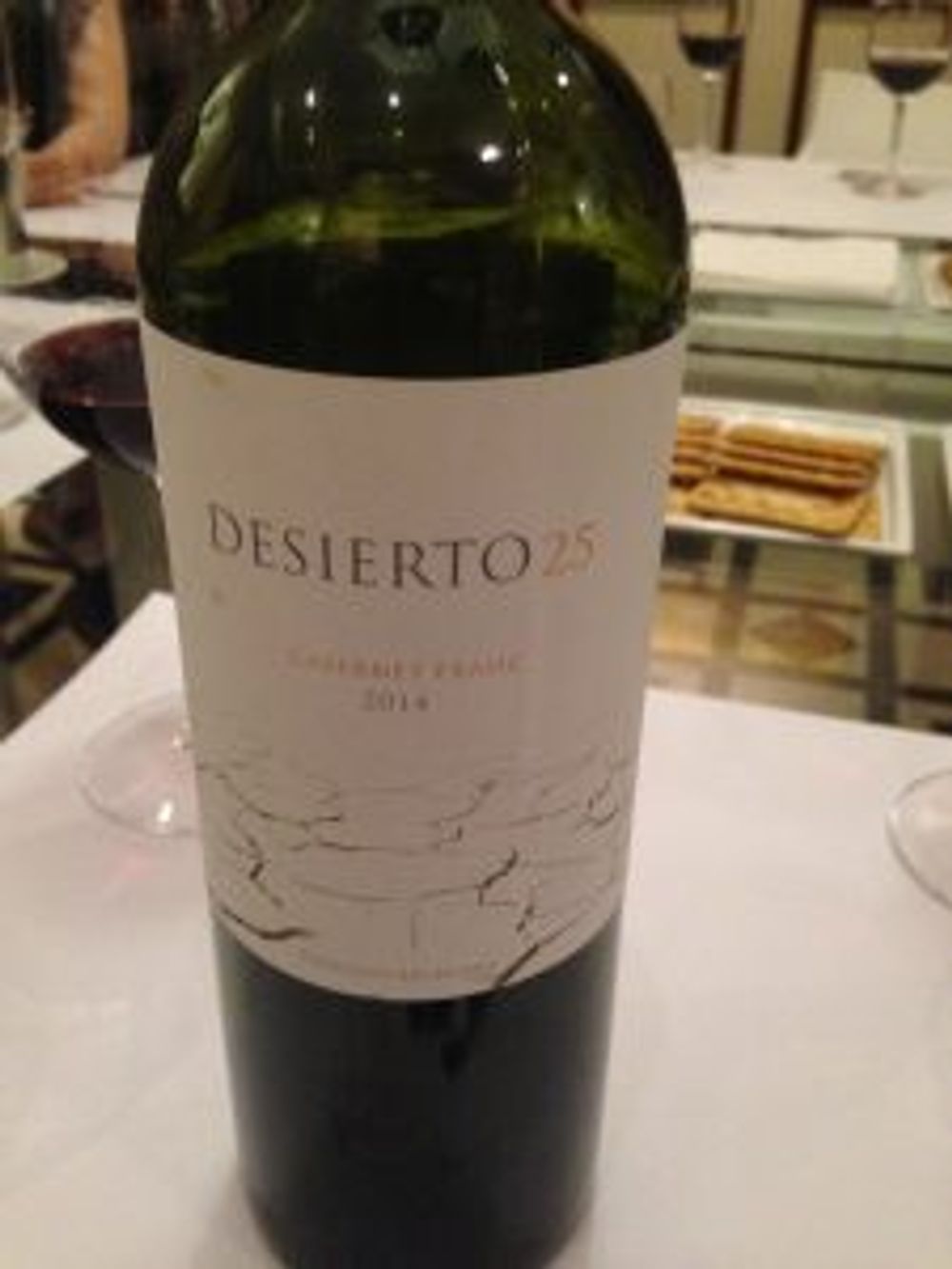
- Bodega Desierto 25 Cabernet Franc 2014. A unique Cabernet Franc. Very distant cousin to its French counterpart. Rich luscious mouth feel, fruit forward, balanced, moreish acidity. Berry Bros & Rudd has got a goody here.

- Malma Finca La Papay Sauvignon Blanc 2014. One of the zingiest, freshest wines I have ever tasted. This would make a fizzy Vinho Verde seem flat. Mouth watering lemon drop mouth feel, acidity to start a car with and has to be tried and tested on a wine list. Highly commended.
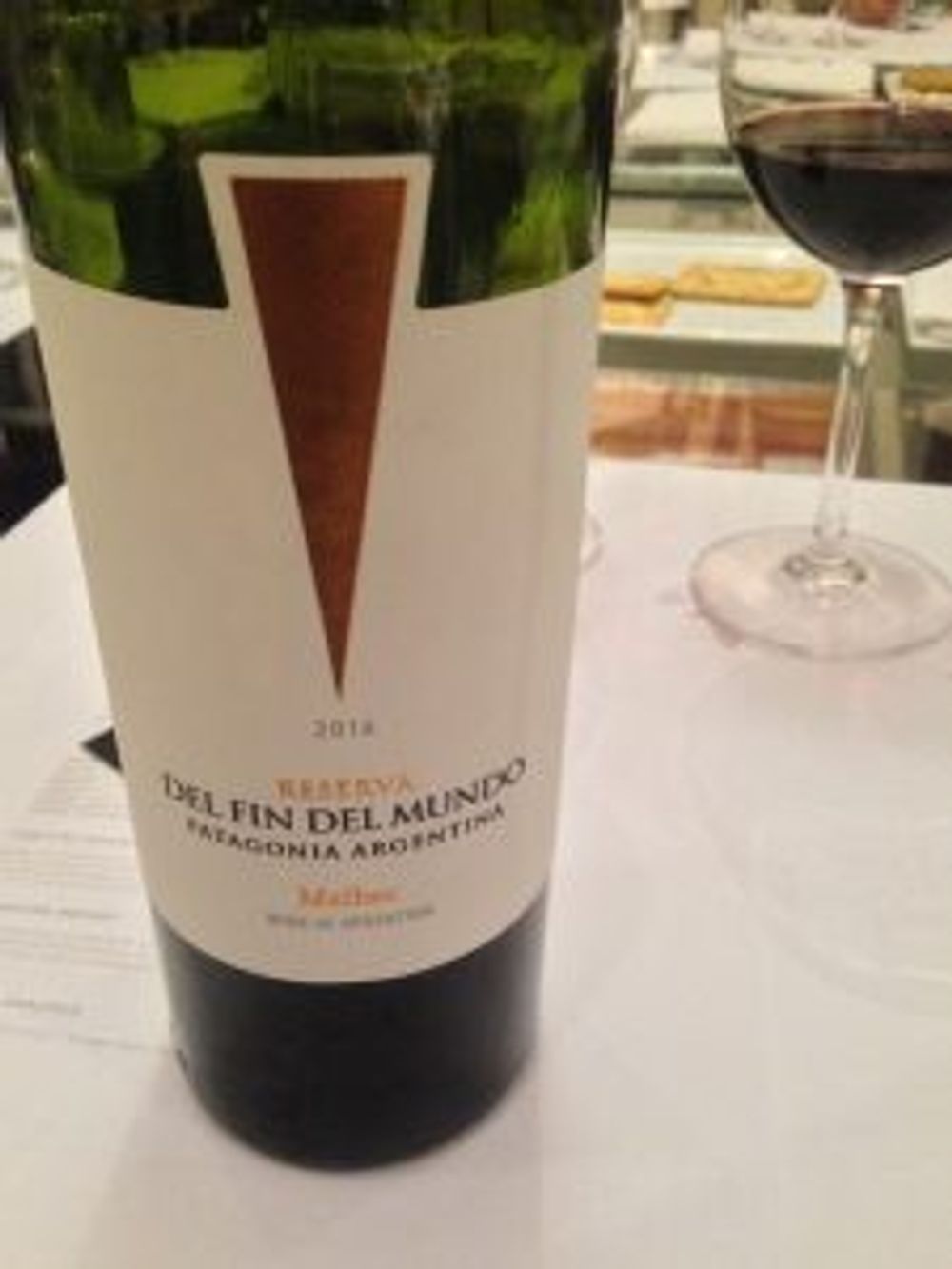
- Del Fin del Mundo Reserva Malbec 2014. Patagonian Malbec Michel Rolland-style is a lovely controlled, balanced wine, gentle, rich fruits, but a touch of lightness and finesse. If I could I would drink a lot of this. Both Malma and Del Fin Del Mundo are available through HispaMerchants.
